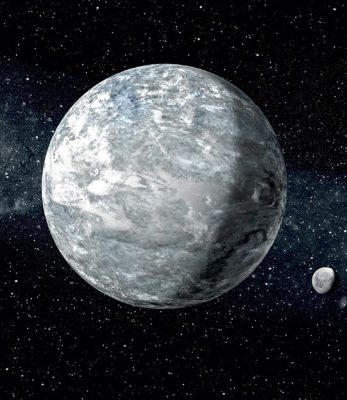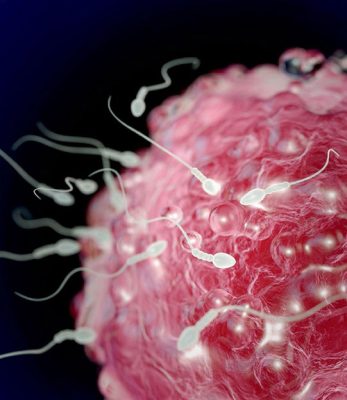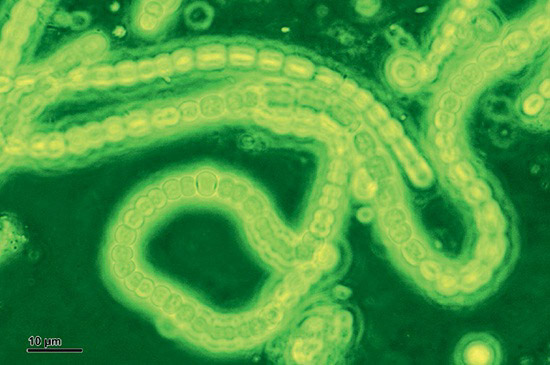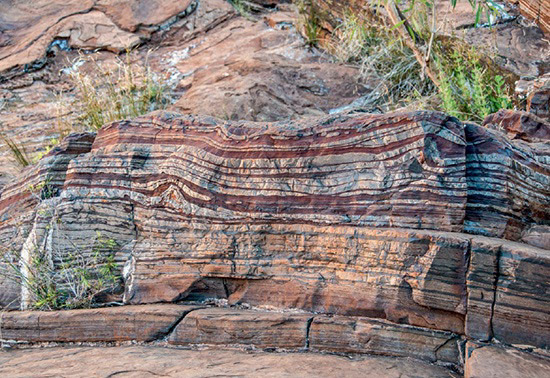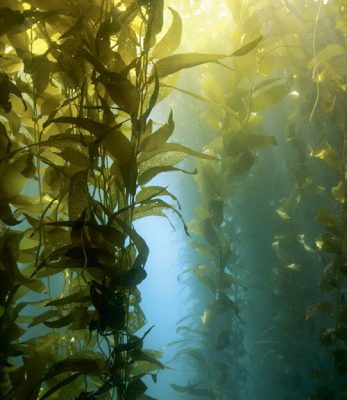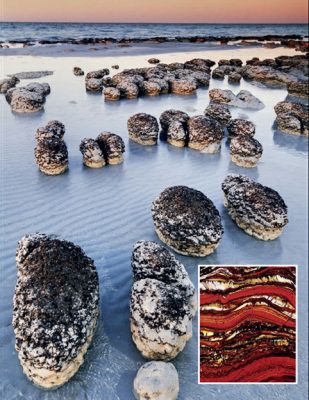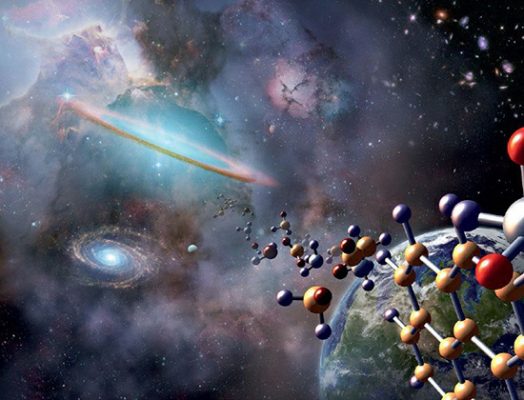c. 720-635 Million BCE: Snowball Earth – Unraveling Earth’s Deep Freeze Episodes
Examines the concept of 'Snowball Earth,' particularly during the Cryogenian period about 720 million years ago, where Earth experienced extreme glaciation, and explores potential causes and recovery mechanisms from these severe ice ages
c. 1 Billion BCE: The Rise of Complex Multicellular Life
Explores the evolution of complex multicellular organisms, detailing their emergence about a billion years ago and highlighting key fossil evidence, such as the 650-million-year-old Doushantuo Formation. It also discusses the challenges faced by evolutionary biologists [...]
c. 1.2 Billion BCE: The Evolutionary Leap – The Origin of Sex in Eukaryotes
Explores the transition of eukaryotes from asexual to sexual reproduction around 1.2 billion years ago, highlighting the evolutionary advantages of sexual reproduction in enhancing genetic diversity and adaptation.
c. 2 Billion BCE: The Emergence of Eukaryotes – A Major Evolutionary Milestone
Discusses the evolutionary leap from prokaryotic to eukaryotic cells around 2 billion years ago, detailing the complex structures of eukaryotes and their significance in the diversification of life, including multicellular organisms like plants, fungi, and [...]
c. 2.5 Billion BCE: The Great Oxidation – A Transformative Event in Earth’s History
Explores the Great Oxidation, a pivotal event caused by the rise of oxygen-producing cyanobacteria, which significantly altered Earth's atmosphere and led to the extinction of many anaerobic species while paving the way for aerobic life [...]
c. 3-1.8 Billion BCE: Decoding Banded Iron Formations – A Geological Mystery
Examines Banded Iron Formations (BIFs), which reveal early oxygenation events on Earth, linking them to the rise of oxygenic photosynthesis by cyanobacteria and the subsequent atmospheric changes.
c. 3.4 Billion BCE: The Evolution of Photosynthesis – Transforming Earth
Discusses the evolution of photosynthesis, highlighting its impact on Earth's atmosphere and life forms. It traces the development from early anoxygenic photosynthesis to the oxygen-producing photosynthesis by cyanobacteria, leading to the Great Oxidation event.
c. 3.5 Billion BCE: Unraveling the Mysteries of Greenstone Belts
Explores greenstone belts, key geological features from the Archean eon, highlighting their role in the growth of continental crust and their significance in understanding Earth's early history.
c. 3.7 Billion BCE: Stromatolites – Windows into Earth’s Early Life
Delves into stromatolites, the oldest known fossil evidence of life on Earth, explaining their formation by microbial groups, particularly cyanobacteria, and their role in the Earth's atmospheric evolution.
c. 3.8 Billion BCE: The Origins of Life on Earth – A Chemical Story
Explores the enigmatic origins of life on Earth, emphasizing chemical evidence over fossils, and discusses how unique isotopic patterns in ancient rocks hint at early life forms. It also covers the potential impact of the [...]

